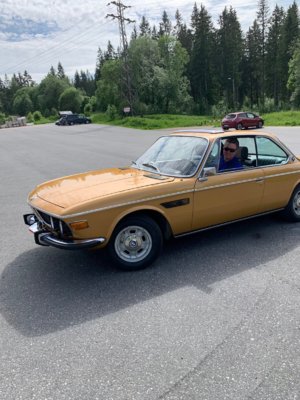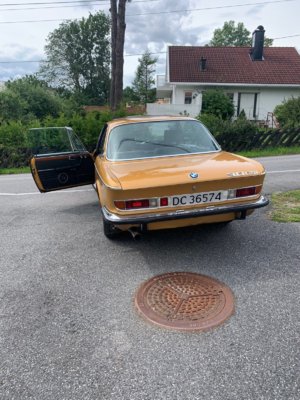Thanks for admitting me to the group. I have owned an BMW E3 (3.0s) since 1992 (restored by myself early 00s or so) but I also wanted and looked for an E9 over the years and earlier this year I actually managed to buy one. It is a 1972 3.0 CSI in Ceylon where I am the third owner. I bought it from the second owner (now 70 years old with too many cars) who had it since the early eighties. First owner was a Norwegian who lived in Germany and bought it new and later imported it to Norway in 1977. It has not been registred since 2000, but started and driven some each year. It is in good condition with matching number (chassis/engine) and have been stored indoors most of its life. It had some small rustrepair done in the front inner wings when the second owner bought the car, and a respray. My first plan is to adress the brakes which is binding a bit and change fuel hoses, fluids etc. The original rims followed the car so I also plan to put them back on with new tires and remove the lepard Seat covers from the 80s and put it back on the road in the spring. Added some photos and one of my E3 as well.
Attachments
-
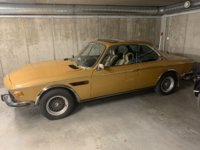 5B392363-8A90-4293-BA0C-CD7F868C1349.jpeg275.1 KB · Views: 243
5B392363-8A90-4293-BA0C-CD7F868C1349.jpeg275.1 KB · Views: 243 -
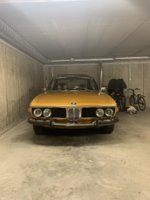 6A75D791-3BFC-4E81-94EF-BE9298F42234.jpeg220.9 KB · Views: 227
6A75D791-3BFC-4E81-94EF-BE9298F42234.jpeg220.9 KB · Views: 227 -
 3D5DBDE6-34D8-4914-A7AA-76DD5E5FC30A.jpeg673.4 KB · Views: 229
3D5DBDE6-34D8-4914-A7AA-76DD5E5FC30A.jpeg673.4 KB · Views: 229 -
 1711855C-3A82-409A-88D8-A5BA3C1EA26E.jpeg242 KB · Views: 223
1711855C-3A82-409A-88D8-A5BA3C1EA26E.jpeg242 KB · Views: 223 -
 CCF95B80-059C-4A1F-839D-909DA50C126F.jpeg212.2 KB · Views: 227
CCF95B80-059C-4A1F-839D-909DA50C126F.jpeg212.2 KB · Views: 227 -
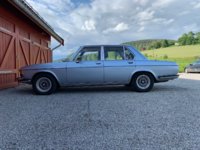 D8A8FBED-7D68-49F1-98CC-84DF6F753161.jpeg505.4 KB · Views: 235
D8A8FBED-7D68-49F1-98CC-84DF6F753161.jpeg505.4 KB · Views: 235


